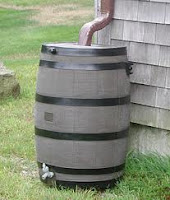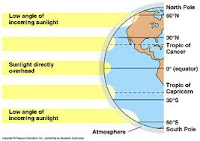I would have guessed that we all "own" the water in the air, just like we "own" the air we breathe. Closer scrutiny of this ownership, however, reveals that we are in, pardon the pun, uncharted waters.
Water Rights
 |
| Owning a cloud Source-nicholsoncartoons.com.au |
Under these laws any activity that tampers and reduces water amounts or flows is tantamount to having violated some one's water rights.
As human populations and the land for agriculture have grown over time, so have the cost of water rights.
 |
| Source - seekingalpha.com |
Rain Water Harvesting
Catching rainwater and storing it for later use, can be interpreted as not allowing the rainwater to enter into the ground or a nearby stream and, thus, interfering with someone downstream who owns the flow from that stream.
Diverting rainwater into a barrel was illegal in Colorado till mid-2009, when the State Legislature approved the capture of rainwater by individuals whose homes are in rural areas not supplied through a water municipality.
Other states are also currently looking into ways to support water rights in an era of water supply shortages. US states in the arid southwest have already loosened up laws to allow rainwater collection and reuse.







